
How to Easily and Neatly Devein Shrimp? Turns Out It Only Takes One Simple Step
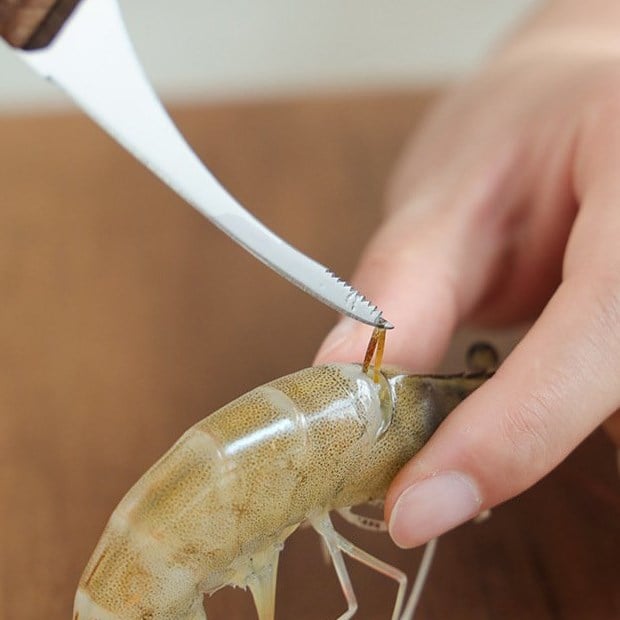
It’s Not a Vein – It’s the Digestive Tract
Though it’s commonly called the “black vein,” what runs along the back of a shrimp is actually its digestive tract. While the term might sound a bit unpleasant, it's important to understand that this dark line is where the shrimp stores what it has eaten—ranging from plankton and algae to bits of sand and mud.
Eating it won’t harm your health, but it can affect the taste and appearance of your dish. That’s why professional chefs and home cooks alike often take the time to remove it. Whether you’re steaming, batter-frying, stir-frying, or grilling shrimp, removing the black line makes the dish look more elegant and taste cleaner.
No Fancy Tools Required
Many people assume you need special tools—like a small fillet knife, fine tweezers, or shrimp peelers—to devein shrimp properly. But the truth is, you only need a toothpick or a sharp knife with a pointed tip.
Once you’ve rinsed the shrimp and let it drain, use the knife to make a light incision along the back. You don’t need to cut deeply—just enough to reveal the dark thread beneath the shell. Then, gently slide the tip of a toothpick or knife under the black line and pull it out slowly.
At first, this might seem tedious or delicate, but after a few tries, you’ll get the hang of it. Many people even find it satisfying—like untangling something small yet meaningful.
Patience and a Gentle Touch Make All the Difference
If the vein breaks halfway through, don’t worry. Simply find the remaining section and carefully pull it out from there. The key is to keep your hands clean and dry, giving you a better grip and control.
If you're new to this, start with larger shrimp, as they’re easier to handle. Once you’ve gained some experience, you’ll find it easy to devein smaller ones too.
💡 Bonus tip: If you’re keeping the tail on for presentation (especially in dishes like grilled shrimp or shrimp tempura), there’s no need to remove it while deveining. You can still clean the shrimp properly, and the tail adds a visual appeal to the final plate.
Cooking Is a Form of Care
Many people avoid prepping shrimp because they assume it’s too time-consuming or complicated. But when you take a few extra minutes to devein each shrimp, you’re doing more than just cooking—you’re showing attention to detail and care for the people who’ll enjoy your food.
It’s these small acts that often make the biggest difference—especially during family meals, festive gatherings, or quiet dinners at home. A well-prepared shrimp dish tells your guests or loved ones that you took the time to make things just a little more perfect.
Whether it’s a simple stir-fry or a fancy seafood platter, the absence of that unsightly black line subtly enhances both taste and presentation.
Neat, Clean, and Surprisingly Easy
Deveining shrimp doesn’t require professional skills or specialized tools—just a sharp knife, a bit of patience, and the desire to make a dish the best it can be.
And once you get it right, you’ll never want to skip this step again. In fact, next time you're at the market and see a batch of fresh shrimp, you may find yourself feeling more confident, ready, and even excited about the prep work ahead.
After all, in cooking—as in life—small things done well can create a big impact.
News in the same category

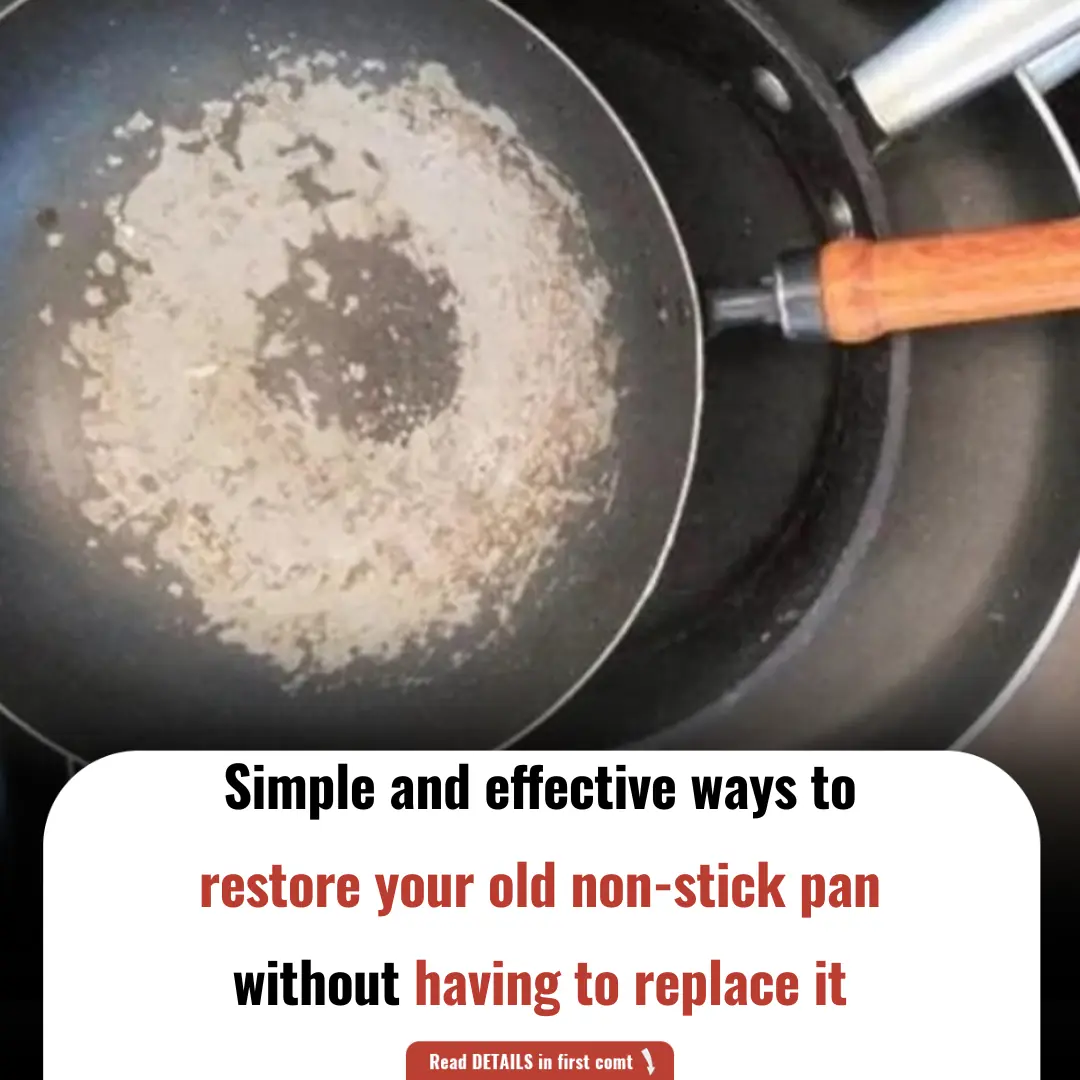
Simple and Effective Ways to Restore Your Non-Stick Pan Without Having to Replace It
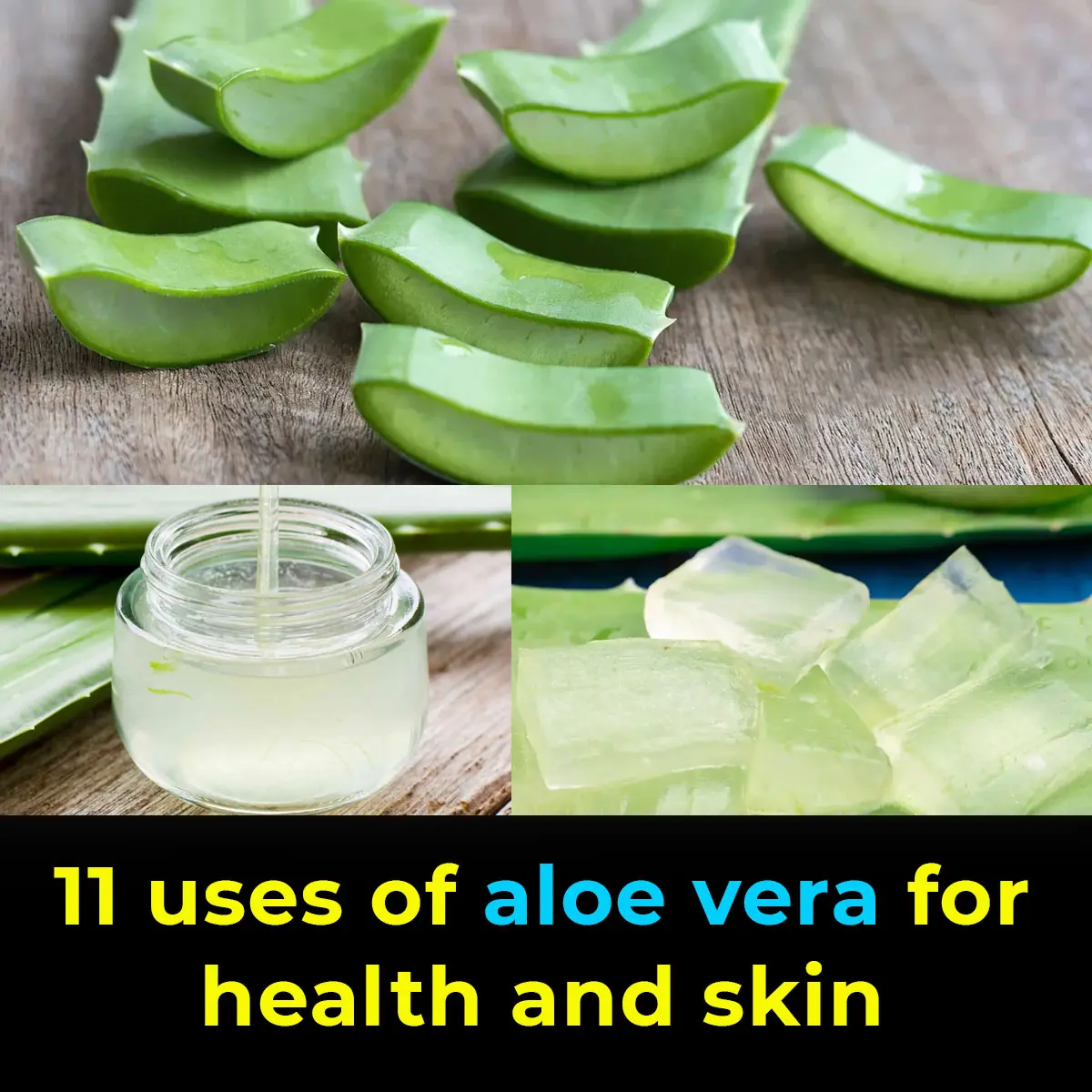
How to Use Aloe: 11 Benefits for Skin Care, Digestion and More

Snake enter the house, prevention methods and practices

Clogged Water Pipes? This Simple Trick Solves It Easily Without Needing to Call a Plumber
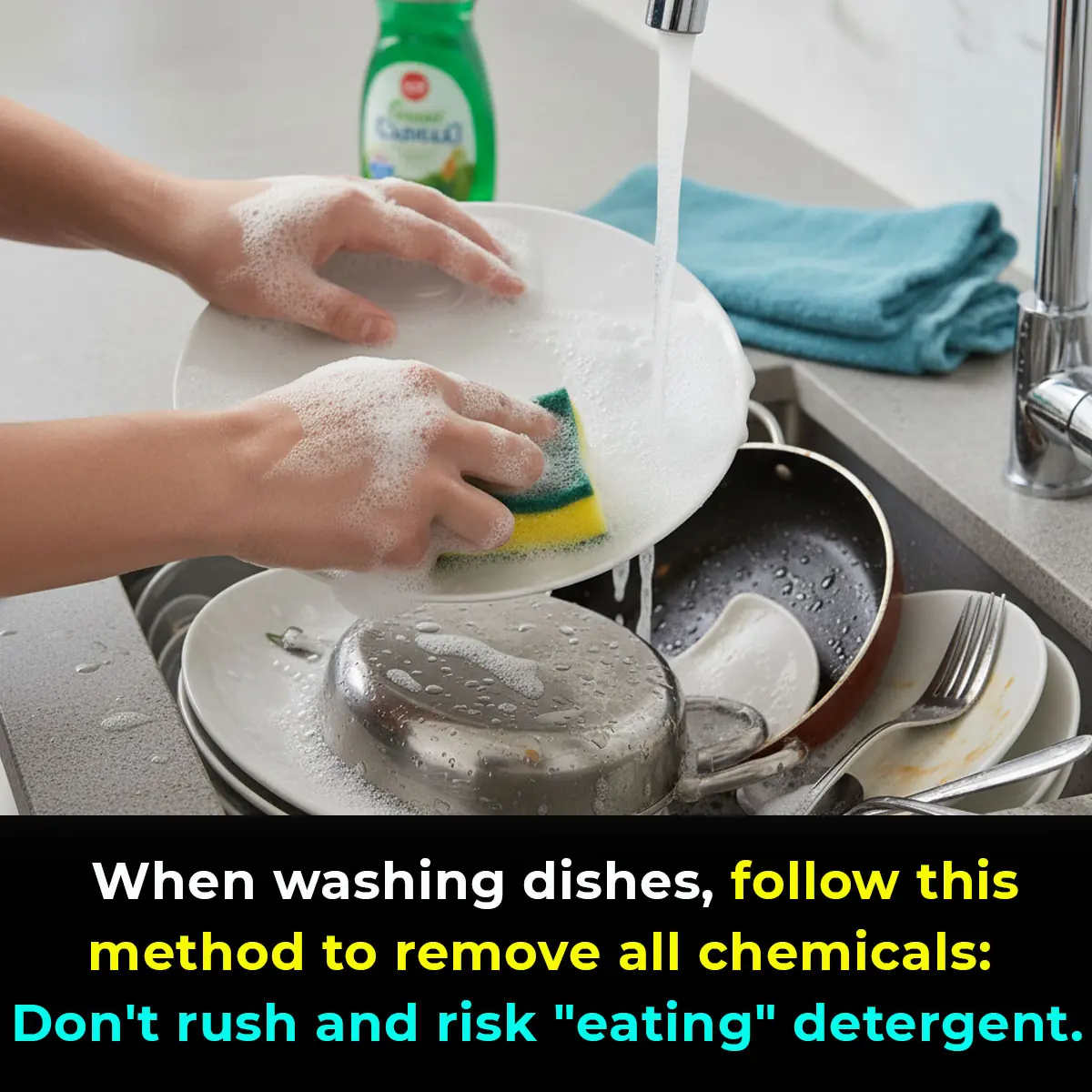
When washing dishes, follow this method to remove all chemicals: Don't rush and risk "eating" detergent.

Put the Small Egg Tray into the Super Fast Heating Oven, the Utility That Every Home Needs, Many People Don't Know

Do You Need to Unplug the Rice Cooker After Cooking? The Answer Is Truly Unexpected

Place One Garlic Clove in Each Room to Absorb All Bacteria, Viruses, and Prevent the Flu in the House

4 Easy and Cost-Free Ways to Remove Yellow Sweat Stains from White Shirts
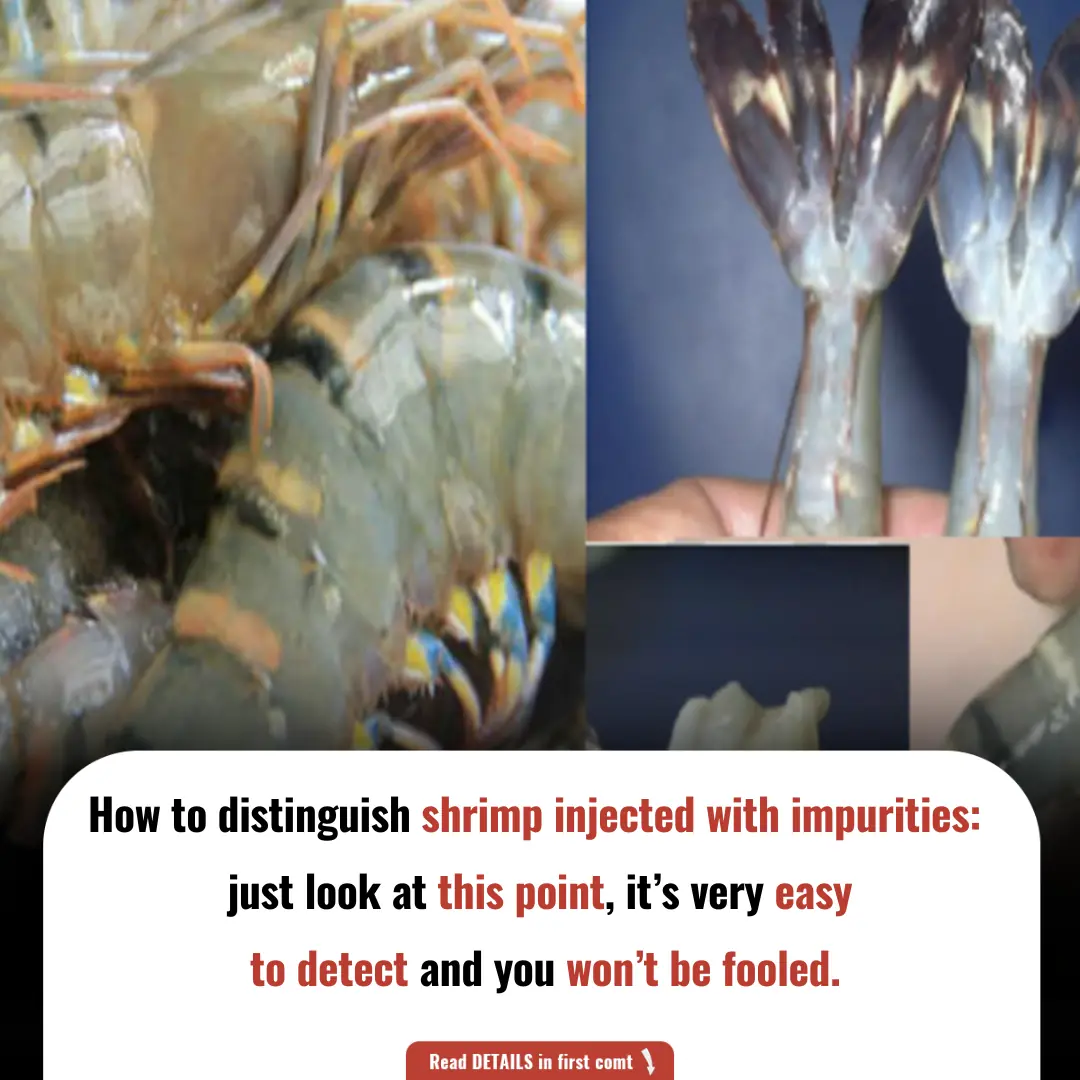
How to Distinguish Shrimp Injected with Impurities: Easy Tips to Protect Your Health

There Is a Small Switch on Your Washing Machine: Press It Once to Automatically Drain Dirty Water

Rice Water: The “Liquid Gold” in Your Home That Most People Forget to Use

Add This Simple Ingredient When Mopping – Your Floors Will Shine Like New and Stay Clean All Week!

5 Delicious Eating Habits That Put the Whole Family at Risk of C:ancer – Extremely Dangerous and Should Be Avoided Immediately

Be careful — one single action at the airport could ruin your en:tire life.

Condolences to those who are using these 4 types of electric kettles: Throw them away while you still can, thousands of people have already developed c:ancer.

Don't Throw Away That Old Non-Stick Pan! Try This Simple Trick to Make It Like New
News Post

The difference between the spirit of a loved one and other forces

Your Heart Emits a Magnetic Field 100x Stronger Than Your Brain – And It Can Be Detected 3 Feet Beyond Your Body
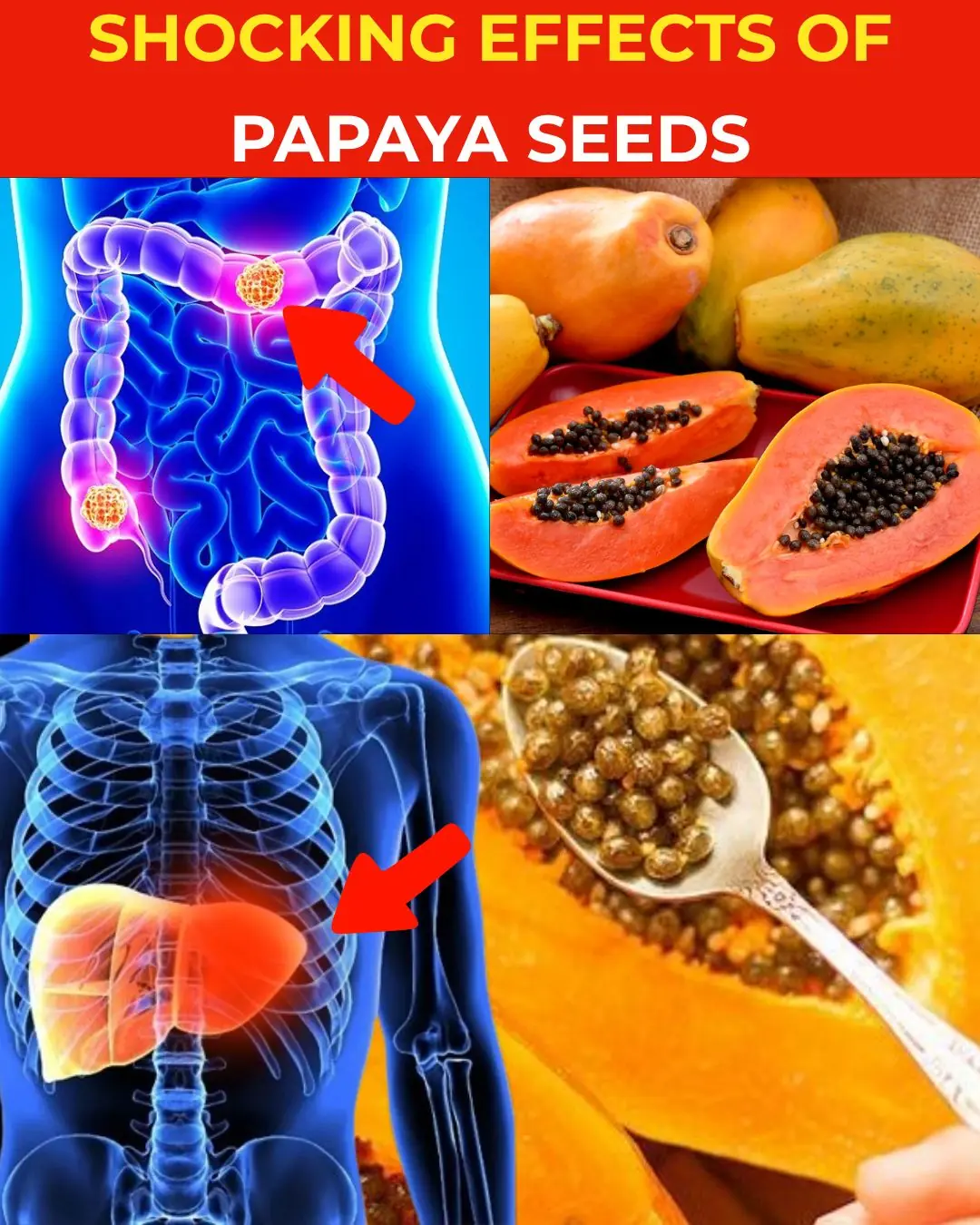
🌱 Discover Papaya Seeds: Nature’s Tiny Powerhouse for Total Wellness

3 Home Remedies to get rid of Skin Tags – Skin Tag Removal

Homemade Herbal Bath Powder For Clear Skin: Bridal Skincare Ubtan

Mix Baby Oil with Vaseline: The Simple Skincare Trick for Youthful, Wrinkle-Free Skin

How Your Body Secretly Tells You You're Stressed

New Study Shows That Sitting in Silence for Only Two Hours Can Trigger Significant Growth in New Brain Cells

Foods That Can Quietly Drain Calcium From Your Body

Just Simply Looking at a Sick Person Is Enough to Trigger Your Immune Response, Study Shows
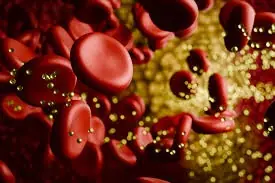
Scientists Discover an “Off Switch” for Cholesterol — And It Could Save Millions of Lives

Why Does Your Eye Twitch Randomly? An Eye Doctor Explains

Think Twice Before Pairing: 6 Foods You Shouldn’t Eat with Eggs
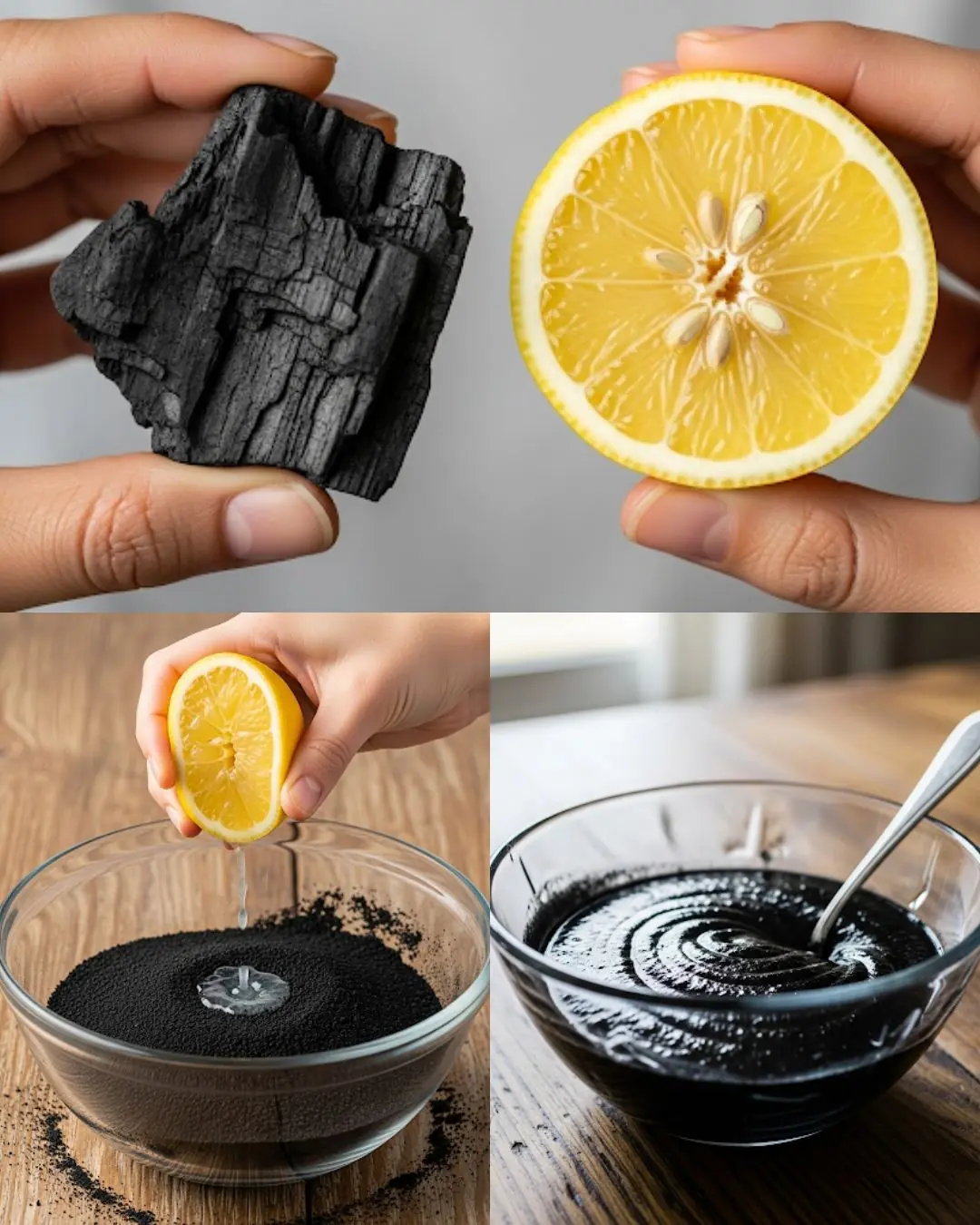
The Magic of Lemon Juice and Activated Charcoal: Natural DIY Solutions for Skin and Teeth

Open Pores To Glass Skin Transformation

Here’s how much the Powerball winner will owe in taxes after the $1.8 billion jackpot
The Powerball jackpot has climbed to an astronomical $1.8 billion, the second-largest prize in U.S. history. But before the lucky winner can celebrate a life of luxury, the taxman will be waiting with a massive bill that could drain hundreds of millions f

Casino Scandal: Woman Denied £33 Million Jackpot and Offered a Steak Dinner Instead
A New York woman’s dream of instant fortune turned into a nightmare after a slot machine declared her the winner of nearly £33 million—only for the casino to claim it was a “malfunction” and offer her a steak dinner as compensation.

Look-alike athletes who even share the same name took DNA test to see if they’re actually related
It sounds like the plot of a sports comedy, but it actually happened. Two professional baseball players who looked like mirror images of each other — and even shared the exact same name — decided to take a DNA test to uncover whether fate had made the

Keira Knightley had to go through years of therapy to get over trauma after starring in "Pirates of the Caribbean"
The role that turned Keira Knightley into a global star also came with a heavy price. Behind the glamour of Hollywood red carpets, she silently battled trauma, anxiety, and the crushing weight of fame as a teenager.
